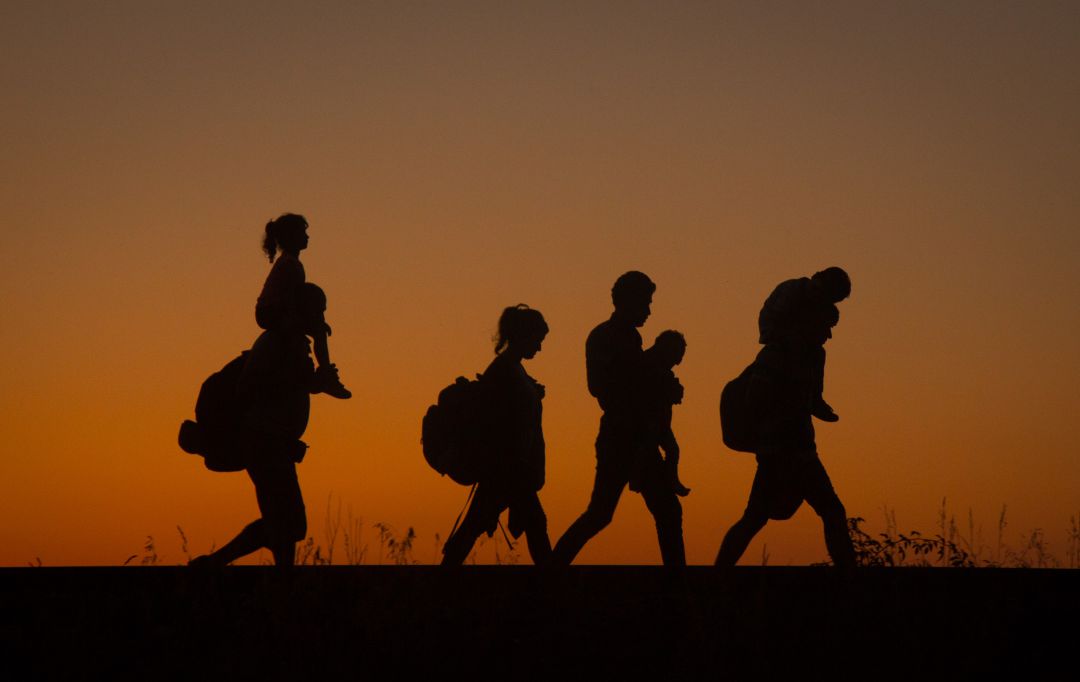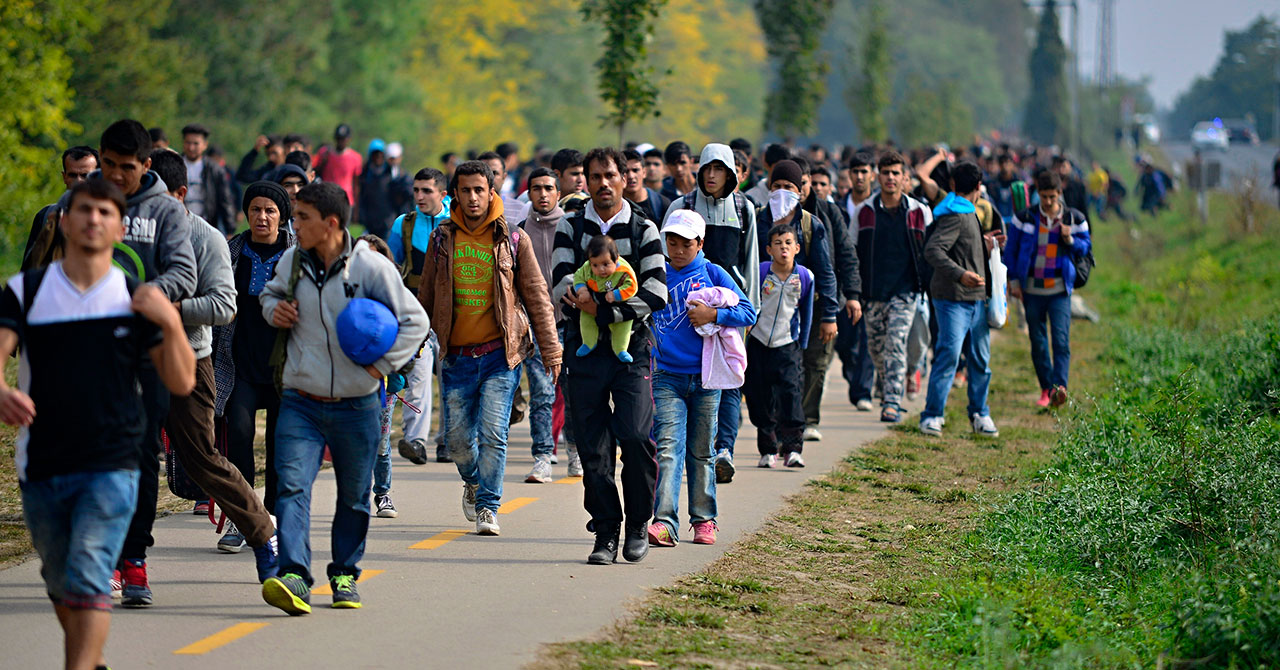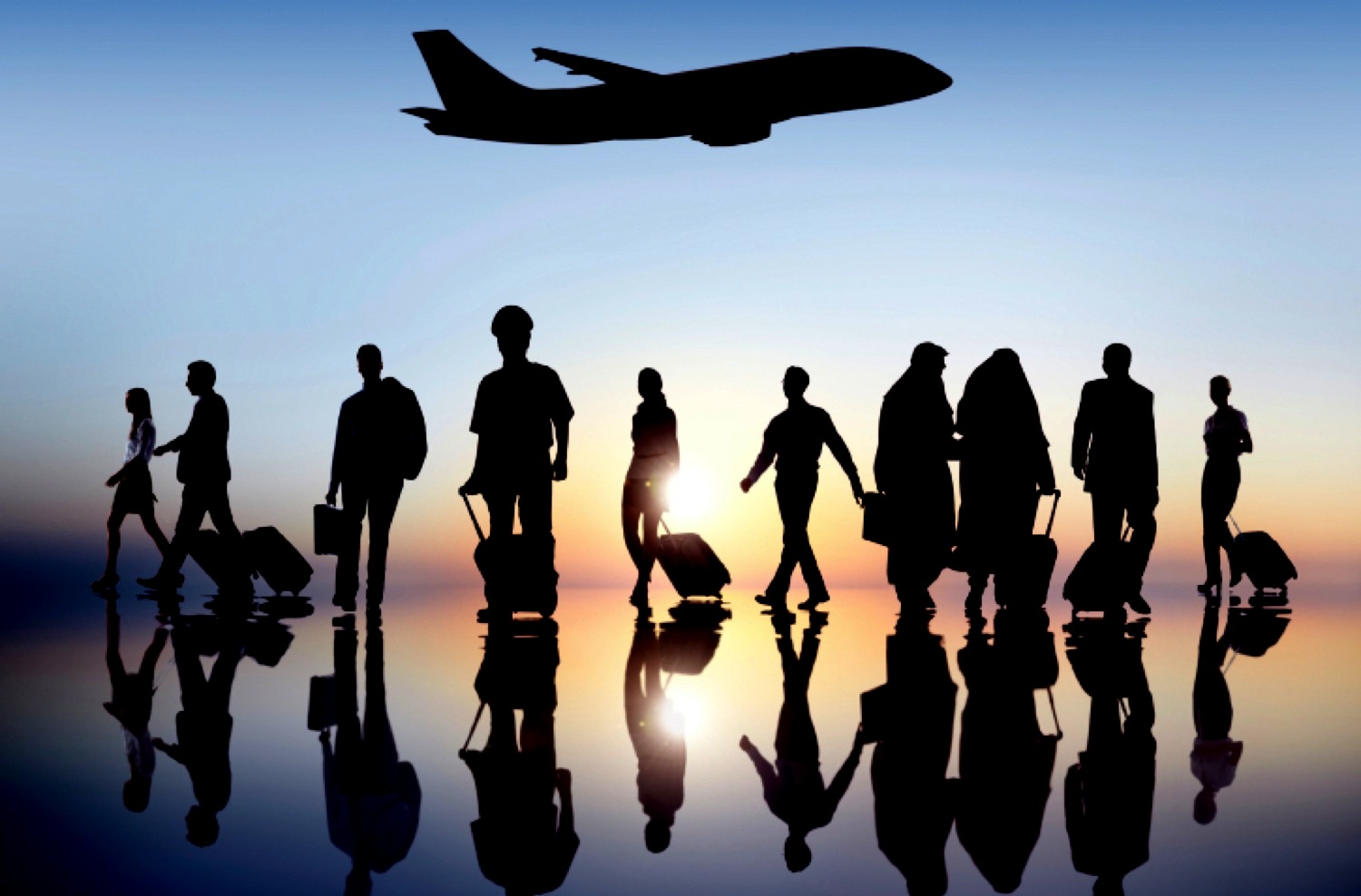All the migration characteristics They present a diversity of variables that include a number of very notable objectives, one of them being the improvement of economic conditions, their main action is the transfer from one place to another, here you can find out their causes, trends and much more.
Definition
Migration is made up of various characteristics that define it as a flow of movement that people carry out from one geographic space to another. With the intention of residing in a place permanently. For its part, migration represents a transcendental aspect that has great effects on the structural components of the population in general.
Therefore, there are 2 terminologies that help to understand migration, among them we find immigration, this takes place from the moment in which an individual prepares to enter a nation. While emigration is the effect of leaving a certain country. Those who immigrate are known as immigrants, and those who emigrate are called emigrants. From this stem the following aspects:
- inter-regional: Those who move within the same national territory. Example: from Florida to Texas.
- intracontinental: Those who move within the same continent, an example of Venezuela to Argentina.
- Intercontinental: Those who move from one continent to another. Example from the United States to China.
Generally speaking, migration is voluntary. However, there are various reasons why an individual makes the decision to carry out an action like this. In some cases it becomes mandatory, depending on the situation and the reasons.
Migration roughly, over the years has become a fact that is commonly practiced, due to terms of globalization, more and more, today many people have the opportunity to move from country for personal purposes to achieve a better quality of life.
It is not considered migration, those individuals who carry out practices for tourism purposes, or those who are traveling for work, as long as their stay is not completely permanent in a country, they do not acquire the character of an immigrant.
For many years humanity has migrated. Thanks to some political, economic, social or military processes, an entire population can decide to migrate to new horizons. This is the case of the Second World War, through which many Europeans, especially those from Spain, migrated to the American continent, for drastic reasons that led them to make the decision to leave their nation to enter another.
In these times of modernization, the migratory character is greatly influenced by political and economic terms. However, said action is conditioned by laws and regulations that individuals must comply with in order to qualify, and choose to reside in a nation, for which migration is legally very limited.
Types of migration
There is a great diversity of types of population migration. All of them with a differential and concrete character, based on some precepts that define and identify them. Some of which we can mention include:
- internal migration: Refers to those movements made by individuals within the same nation.
External migration: refers to those individuals who move outside the borders of their national territory, that is, from one country to another. - international migration: also from one State to another.
- population transfer: takes place when the rulers of a country force the population to leave the nation.
- impeded migration: It develops from the moment in which the inhabitants of a country make the decision to move to a new destination due to military conflicts.
- chain migration: they are carried out through groups of people, among them it could be a family group that decides to migrate to the same destination as their ancestors.
- staggered migration: It reproduces through fairly short seasons, and in a staggered manner, that is, from a region to a capital city, from a city to a megalopolis.
- seasonal migration: These are migrations conditioned by a specific time limit. This is the case of those individuals who migrate for work reasons.
- Circular or return migration: Occurs when an individual goes to a different country and after a season returns to his native country.
Causes of migration
There are many causes that migration develops, the reasons can be diverse, in some cases some more complex than others, however it is a fact that cannot go unnoticed. Some of these causes are the following:
- Economics With motivations to find new sources of employment, better quality of life, study reasons, among others. This represents one of the main migration characteristics population, which is why many people leave their native country due to economic conditions.
- Social: Insecurity is one of the reasons why individuals often move from one country to another. This in search of security and social welfare.
- Policies: Avoid political conflicts, government struggles, lack of coordination and resource management.
- Cultural: Education plays a fundamental role in this regard. The lack of opportunities is another decisive factor. The customs of a nation can be an attractive aspect for those who long to visit a country for the purpose of staying there.
- Environmental: When a nation does not have favorable climatic and environmental conditions, the population will be really affected, and many of its inhabitants will look for a way to migrate to another place.
- Other factors: The existence of some factors that develop at a general level in a country can be diverse, however, it is a purely personal and subjective decision to make the decision to leave one country to enter another as an immigrant, taking into account that the limitations are many.
Effects of migration
The effects may not be immediate. However through the migration characteristics we can see that a very crowded country can bring disastrous and far-reaching effects. Among them the overpopulation, as well as the Consequences of environmental impact, lack of social control among other factors. In some cases (not in all) part of the population that migrates to a State tends to change the rhythm of some areas, it is the case of the labor field, insecurity and some legal aspects.


